At the end of the Corona epidemic, radical changes must be made in the education system. In addition to the conventional education system, online or e-learning platforms should be implemented as a support and backup. Although it is currently being implemented in isolation, a truly organized e-learning platform is not being noticed. In this context, I am presenting this model which will be equally applicable not only for education but also for staff training and management in any institutional field including health services. Its three basic areas are Education, Healthcare, Corporate sector.
Definition of Blended Learning
A style of education in which students learn via electronic and online media as well as traditional face-to-face teaching.
LMS+Cloud Computing+Virtualization Technologies+Social Medias+E-Library+NBM+EDM+Inspiration+Initiative= Blended Learning
Benefits of Blended Learning
- No Boundaries, No Restrictions
- More efficient use of teacher preparation time.
- Learners can better access materials for study and review.
- Teachers spend more time engaging with students.
- Class time is devoted to active learning.
- Teachers can adjust their in-class material to fit their audience.
- Online quizzes help with exam preparation.
- Teachers and learners have more autonomy.
Sources of Blended Learning
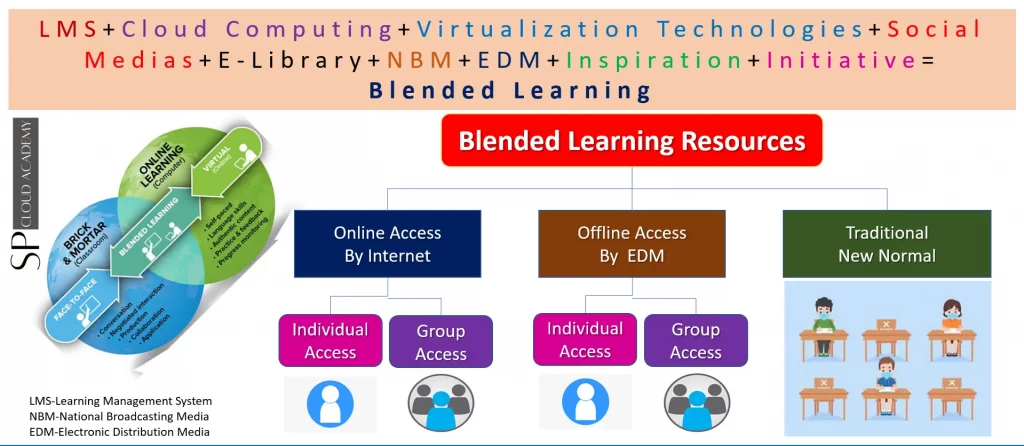
Web Sources
- Websites
- Blogs
- Social Medias
- Virtual Labs
- Vlogs
- Forums
- Online Magazines
- Webinars
- LMS
Traditional Sources
- Public Library
- Personal Book Collection
- Print Media
- Newspapers
- Magazines
- Seminars
- Social Activities
- Professional Activities
- Offline electronic media
Academic Sources
- Academic Educational Institutions
- Web platforms of Academic Educational Institutions
Components of Blended Learning
Virtual Classroom: A Virtual Classroom is an online classroom that allows participants to communicate with one another, view presentations or videos, interact with other participants, and engage with resources in work groups.
LMS: Learning Management System is an efficient operational software used for a variety of organizational activities. Some of them are administration, documentation, reporting, and creation of training programs. It’s highly adjustable and therefore, it can be a helpful tool for all types of businesses.
•Defining user roles.
•Creating learning courses.
•Building custom certification.
•Providing personal feedback for the learners
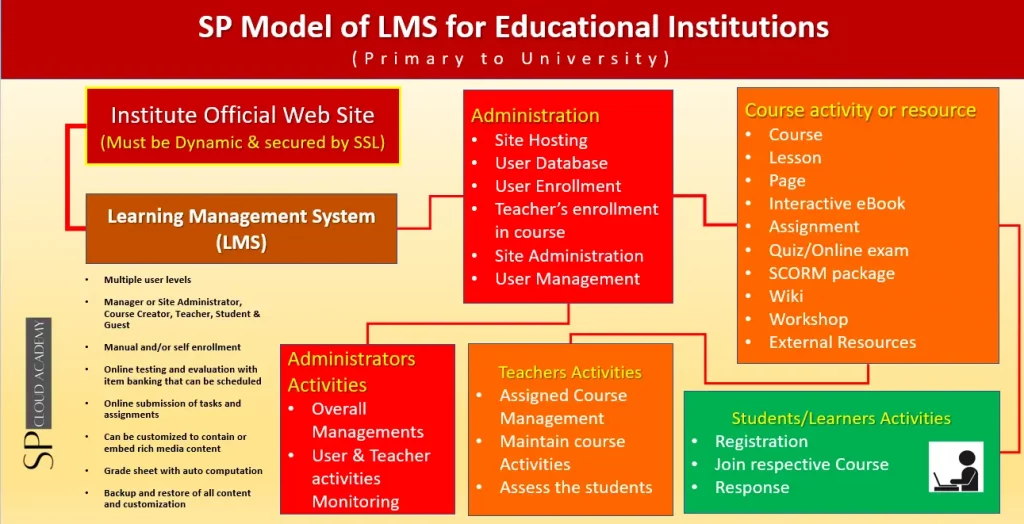
Simulation: A simulation stimulates active engagement of students. They are playing a role, not just reading and analyzing. They make decisions and see the results of their decisions in the response of other players and the outcome of the sim. Simulations generate much more energy among students than traditional lectures or case discussions.
Benefits of Simulation Based Teaching
•Actual hardware cost will be reduced
•Enjoyable learning environment for student
•Motivating activity & improve performance
•Allows student to practice reality in a safe setting
•Easier lab management
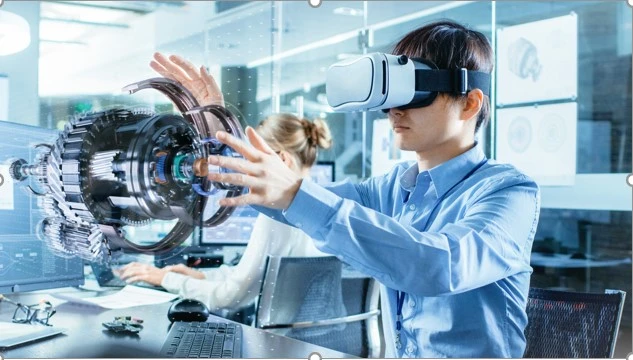
Virtual Labs:
Virtual laboratories (or virtual labs for short) are a great way for learners to practice in a safe, online environment. Through virtual science lab games and engineering simulation software, learners can interact with elements, machines, and interfaces before or instead of trying them out in real life.
Offline E-Learning
Offline e-learning involves the distribution and use of electronic learning materials through offline media such as CDs/DVDs, flash memory and portable storage.
Offline electronic learning materials
•I-book, E-book, Pdf, Docs, PPT, Tutorial and Lecture based Videos, Flashcard, Simulators etc
•Standalone Simulator and virtualization platforms
•LMS based off-line courses which run by installed LMS software on a private PC
Distribution
•CDs/DVDs, flash memory and portable storage etc
Tools of Blended Learning
- ICT Accessories
- Webinar Software
- Boardcasting Channel
- E-Learning studio
- E-learning Site andLMS
- Online Whiteboard
- Online Assessment and Exam Tools
- Virtualization Tools
You have a PC (Desktop, Laptop/Notebook, Tablet or Smartphone), Internet connectivity, the passion of learning and aiming at developing yourself -you can learn everything.
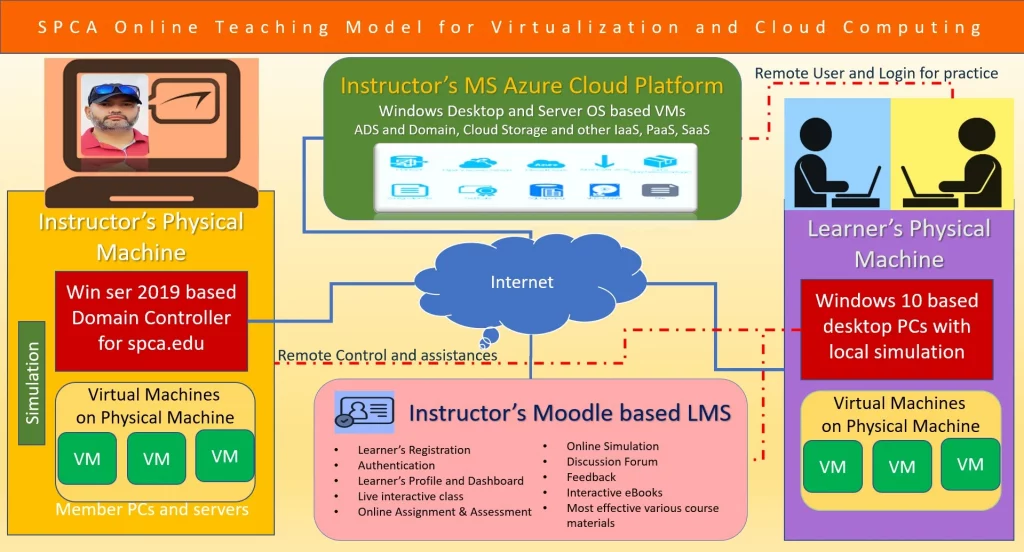
eLearning Platforms Models
A learning system based on formal instruction but with the aid of electronic resources is known as e-learning. While teaching can be based in or out of the classrooms, the use of computers and the Internet forms the major component of E-learning.
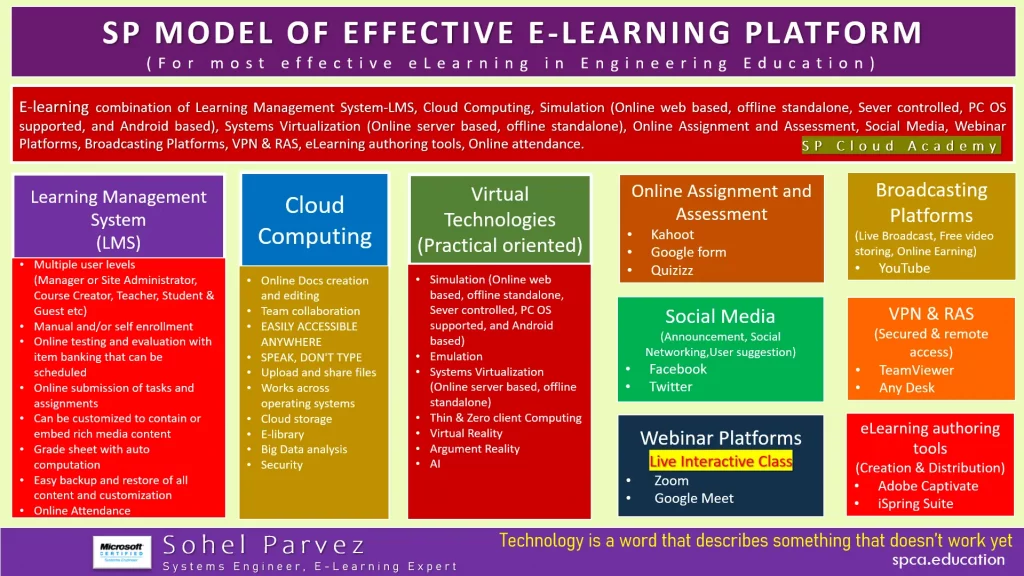
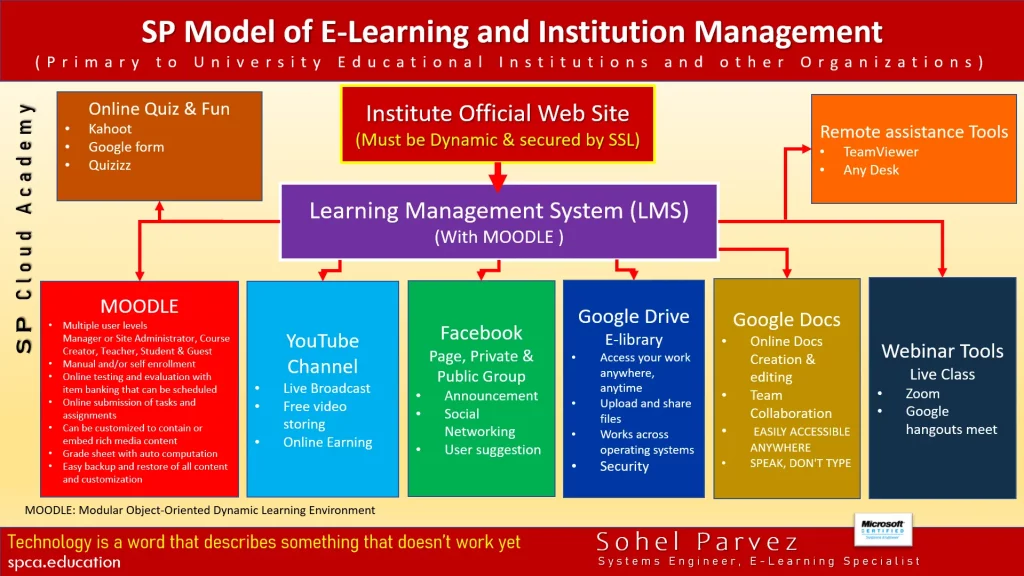
Related Posts
-
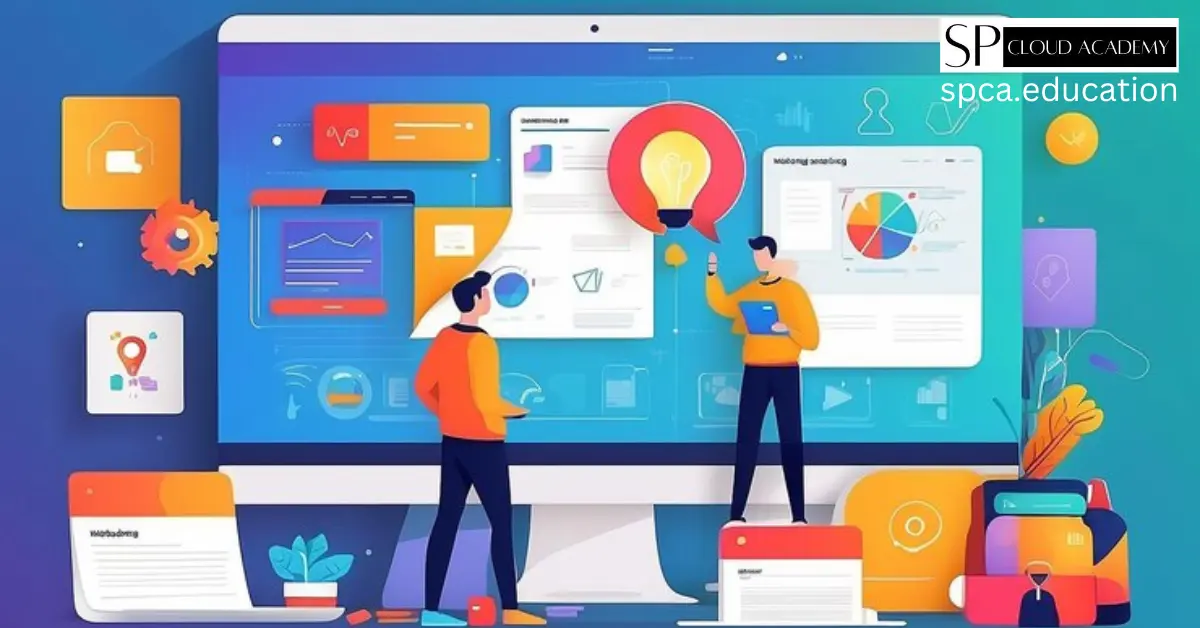
The Ultimate Guide to Streamlining Project Management and Collaboration with Google Sites
-
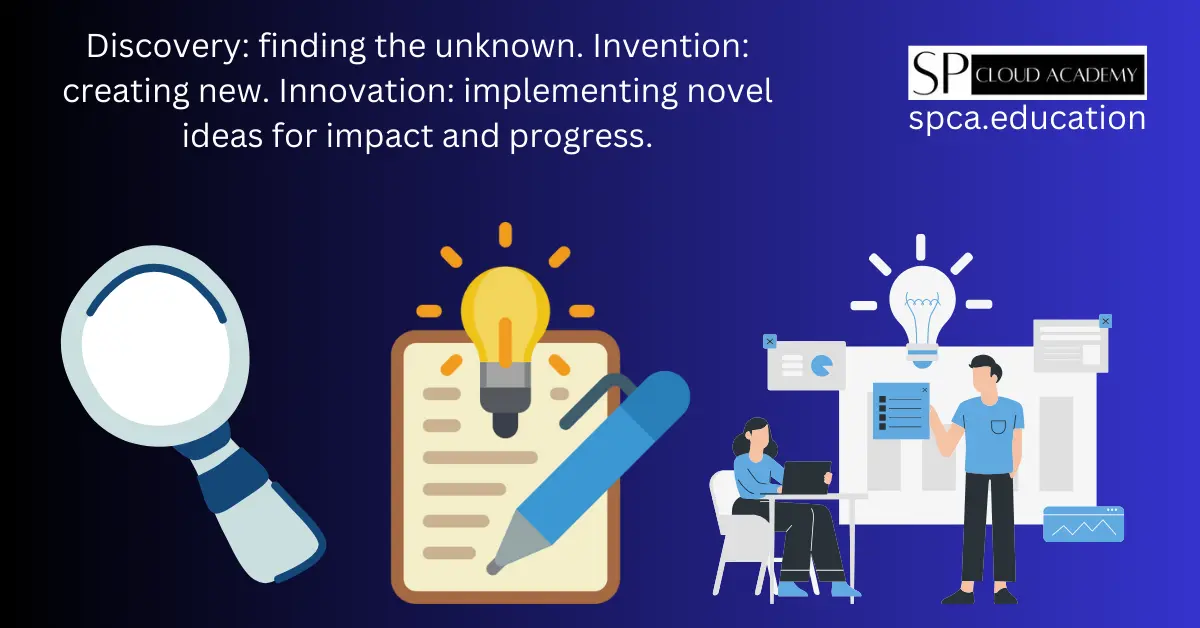
The Dynamics of Discovery, Invention, and Innovation: Unveiling the Key Differences in Driving Progress
-
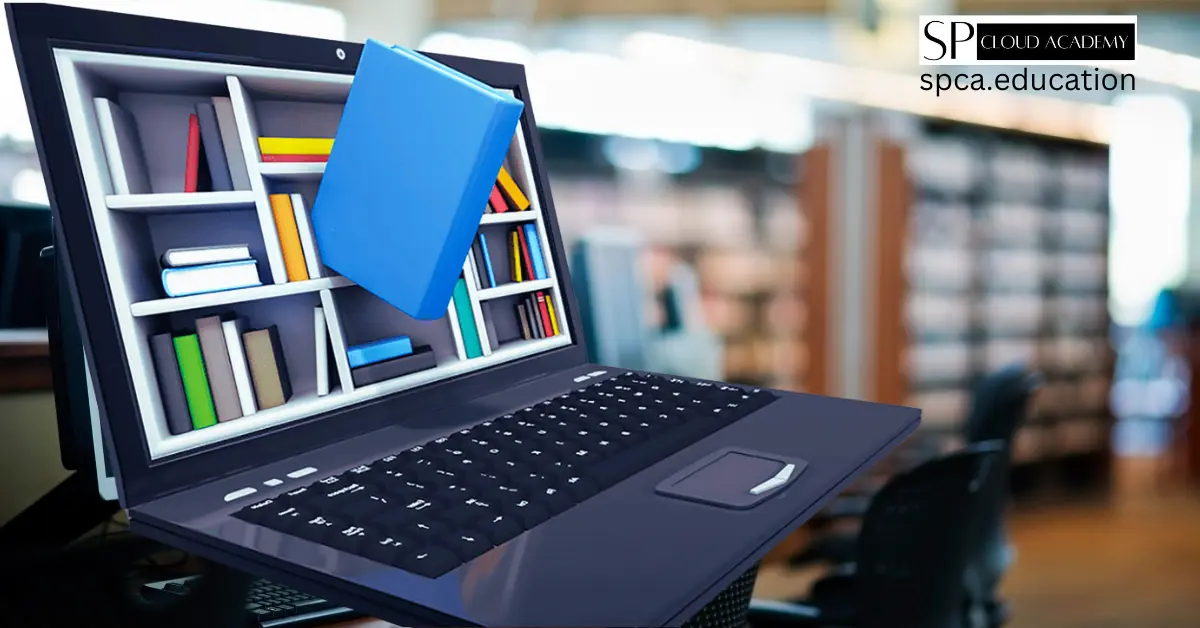
The Ultimate Guide to Creating and Publishing an e-Library on WordPress: A Step-by-Step Approach
-

Unlocking the Power of Kaizen: How Continuous Improvement Can Revolutionize Your Business
-
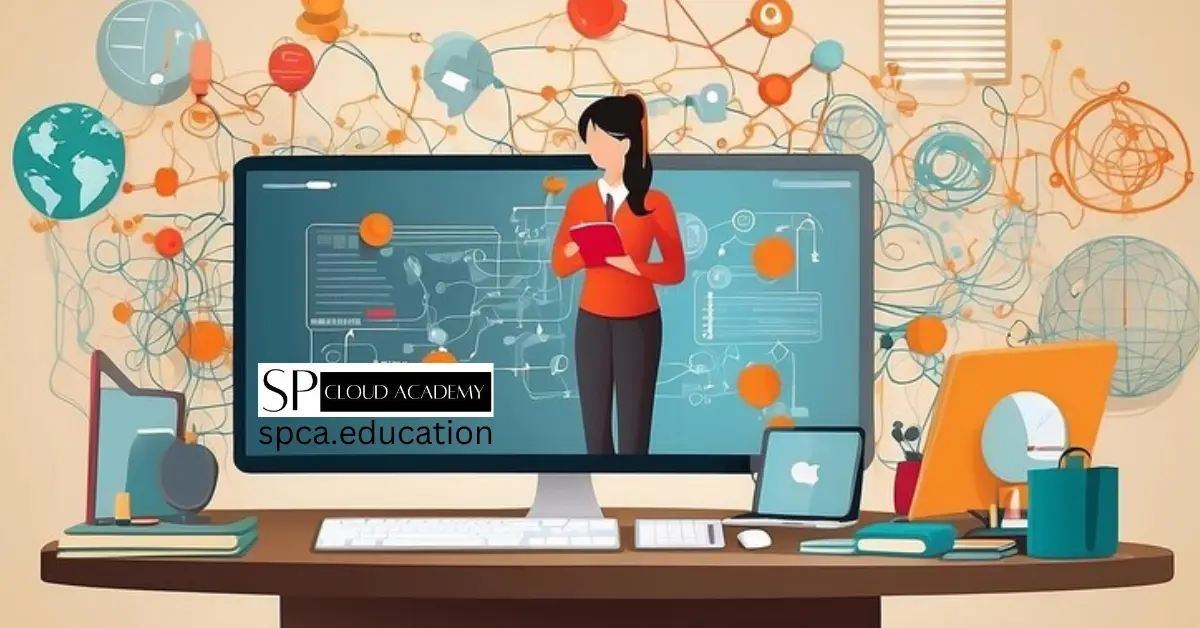
Mastering the Art of Blended and IT-Driven Teaching: Essential Skills for TVET Teachers in the IR4.0 Era
-

Unlocking the Secrets to Earning Passive Income Online: Your Pathway to Financial Freedom
